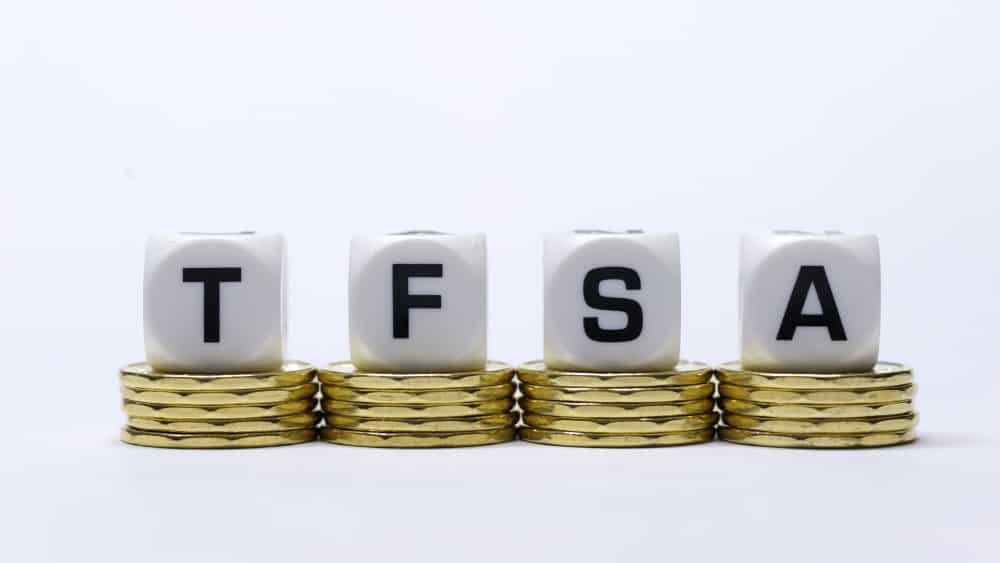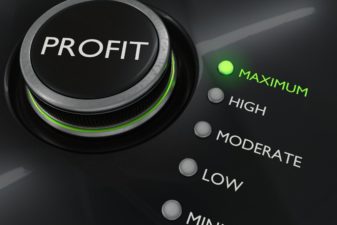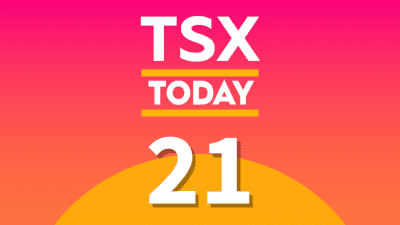Canadians should invest in their Tax-Free Savings Account (TFSA) as early as possible. The savings word in the account name gives a big hint that savings comes first. Even if you just turned 18 or just started your first job, you should get into the habit of saving a portion of every paycheque. Pay yourself first! Your future self will thank you later.
One of the best accounts to save in is the TFSA. It is a very flexible account and it’s tax free! The TFSA allows the holding of cash, GICs, bonds, exchange-traded funds (ETFs), mutual funds, and stocks. So, you can amass massive wealth over time by being a diligent saver and investor in your TFSA.
Here are three tips on how to grow your TFSA.
Maximize your TFSA
The first step is to maximize your TFSA every year, because all wealth building starts with savings. Being a good investor will surely speed up your wealth creation, though. The TFSA was first available in 2009, starting with a limit of $5,000 a year. You can look up the TFSA limit for each year to make sure you don’t over contribute. The TFSA limit for 2022 is $6,000. So, if possible, contribute $6,000 this year. If you have more room from previous years, try to maximize your TFSA.
Some Canadians use a part of their TFSA as an emergency fund. I don’t think that’s a good idea. Keep your emergency fund in a savings account instead and use the TFSA for long-term investments to aim for higher returns and take advantage of its tax-free nature.
Choice of investments
It’s common to think that earning higher returns comes with taking greater risks. Typically, cash is viewed as the lowest risk in the sense that there’s no risk of loss, whereas stocks are viewed as the highest risk, as there’s risk of capital loss, and they’re volatile. ETFs and mutual funds are more diversified than stocks, so they’re viewed as lower risk. ETFs are lower risk than mutual funds because they are lower cost.
However, out of all asset classes, stocks are the asset class that provides the greatest long-term returns of 7-10%. So, investors should consider exposure to stocks through building a stock portfolio or equity ETFs. In the realm of stocks, you can also choose lower-risk stocks by buying solid dividend stocks trading at good valuations, for example. Right now, big Canadian bank stocks like Royal Bank are reasonably priced.
Control your risks
While it may be tempting to go all-in on stocks, investors need to control their risks of investing. Perhaps take a step back and determine how it makes sense to split your investment portfolio between stocks and bonds. The younger the investor, the greater percentage should be in stocks or equity ETFs.
To sum it up, to turn a $10,000 TFSA into $100,000, consider maximizing your TFSA each year in full contributions and having a focus on stocks or equity ETFs while keeping diversification in mind.










